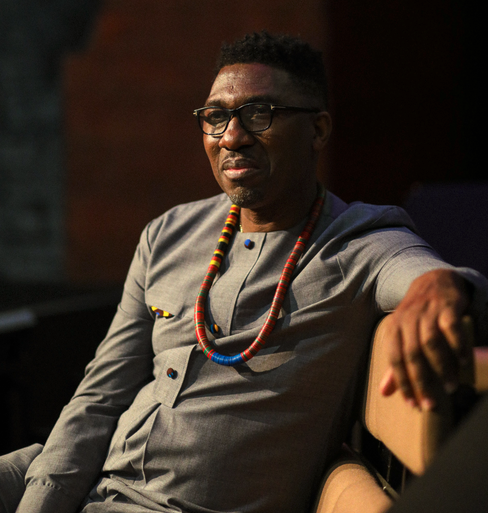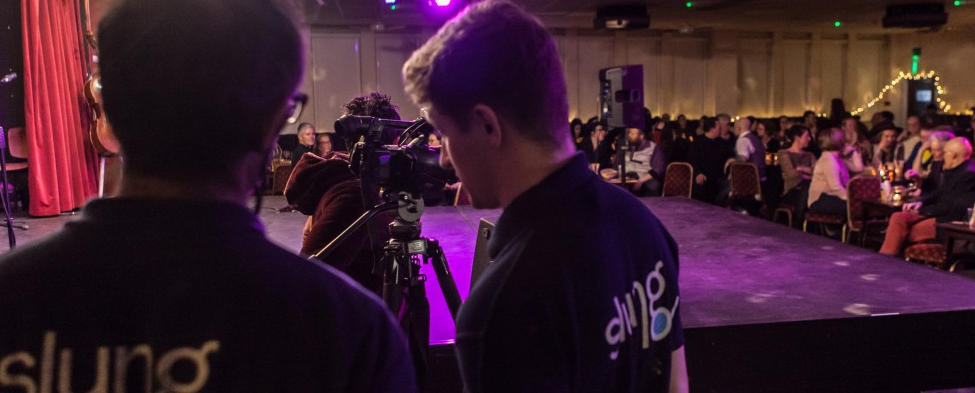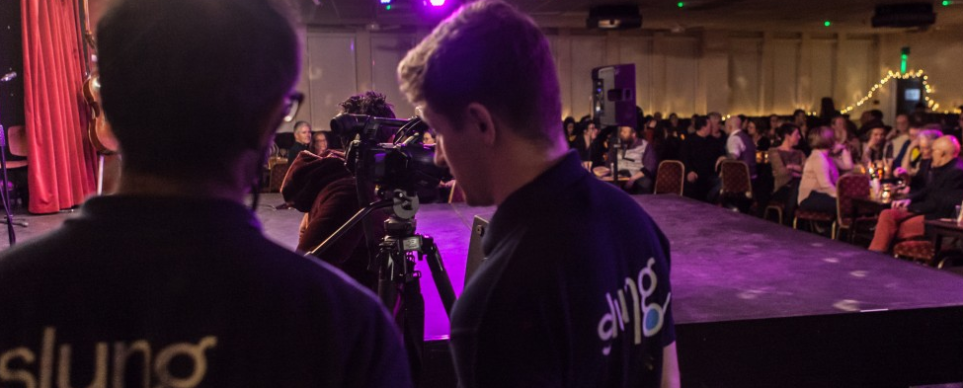But it won’t (and can’t) go back to before
On Monday, we got the official confirmation that theatres (and other public indoor spaces including cinemas, museums, pubs and restaurants) could re-open from next Monday, though with significant restrictions still in place: as the Daily Mail put it,
“Social distancing markers, hand sanitising stations, mandatory pre-booking and the wearing of face masks are among the measures which will be in place when people return to venues which have been shut for months.
Cinemas, museums, theatres and concert halls will reopen although there will be capacity limits on large events, while pubs and restaurants will be able to serve customers indoors but it will be table service only.”
Of course, this is just a trial balloon before the next (and last) stage of the lockdown easing is due to take place, namely June 21, when all social distancing restrictions will be removed.
But the joy is hardly unconfined: the last 14 months of closure has wrought many irrevocable changes. Business cannot — and more importantly — should not return to the way it was.
As Charlotte Higgins reported in The Guardian yesterday,
The pandemic hit culture and entertainment more severely than any other part of the economy, including hospitality, throwing fresh light on already deep inequalities.
“The arts are defined by low or no pay and a huge oversupply of workforce,” says Suba Das, artistic director of the east of England’s High Tide theatre, and a trustee of Sage, Gateshead. “It is a sector with exceptionally poor working practices that is rife with exploitation. The question is, ‘How do we find the energy and bravery to rebuild more equably?’” Behind the joy, in short, there is a sense that damage runs deep, that recovery will be slow, and that the arts will never be the same again.
Higgins also points out that “Musicians in Lloyd Webber’s musical The Phantom of the Opera have learned this the hard way. When the West End production reopens, it will use 14 musicians rather than 27, a cut that has horrified artists’ unions, who fear this is the shape of things to come.”
And in a deft manoeuvre of blame shifting, she quotes Lloyd Webber saying, “I just had 81 musicians at the Theatre Royal Drury Lane for a recording session. It is pretty clear where my heart is,” after stating that Phantom is produced by Cameron Mackintosh, not Lloyd Webber.
Actually, that is incorrect: it is co-produced by both of them. So they bear EQUAL responsibility.
It may, of course, be considered fiscally prudent for productions to be trimming their costs after such a period of loss, and uncertainty for the future; or it could alternatively be seen as opportunistic, a grab on seeking increased profits (just as the government have used the COVID crisis to divert recovery funds to their friends and donors, and to start the process of the privatisation of the NHS).
Meanwhile, the theatres will be returning in town centres that are radically different to the ones they were in before the crisis, which may accentuate difficulties for them to draw back audiences. The Guardian feature quotes Tony Butler, who runs Derby’s three museums pointing out that “fifty per cent of shops that closed during Covid won’t reopen. Derby is not the place it used to be.”
As Higgins goes on to say,
Its high street, like many, was already struggling. The council, he says, “has had a Damascene conversion to the idea of a culture-led recovery” for the town. But it has desperately stretched resources – and that is reflected in the museums’ funding, which has taken a 10% cut in its council grant already. And that’s just this year. “Among civic museums, most of us have seen cuts of 30-50% in the past seven years.” This is thanks to ex-chancellor George Osborne’s flawed, damaging austerity policy.
So the crisis pre-dates Covid, and has now been accentuated by it.
Cultural artists — and audiences — are endlessly adaptable, and have come up with some resourceful alternatives: as Higgins again writes,
“Many artists and organisations have strained hard to adapt and change and keep going. Some of these adaptations will presumably be temporary. David Greig’s new play Adventures With the Painted People, premiered on Radio 3 last year, seems perfectly suited to outdoors performances in Pitlochry, Perthshire, this June. In the long term, however, you imagine that audiences will prefer the warmth of the town’s Festival theatre.”

But some of these changes are here to stay. Last week Kwame Kwei-Armah, artistic director of the Young Vic (pictured above), announced that he intends to livestream all future performances at his theatre — and has even added a new innovation here. As he put it in a press announcement, “Emerging from the pandemic into a world which feels more digitalised than ever before, our ambitious experiment with technology continues…. With Best Seat in Your House – our offer of multi-camera broadcasts – we invite audiences to play with technology, redefining the live streaming experience for ultimate flexibility and choice.”

Other companies have dug even deeper roots into their communities. Theatres have become food distribution and vaccination centres; The Guardian cites the work of Slung Low, based in the Holbeck in Leeds (pictured above), and states that it
“became one of the council’s community hubs during the first lockdown, and the area’s food bank. Theatre companies in general are excellent at logistics: Slung Low was thus well-suited to getting its neighbours fed as well as entertained.
“Our job is to provide Holbeck with the best cultural life we can,” says Alan Lane, the artistic director. “But if you are terrified of hunger, then you aren’t going to come, are you? We’re still artists even if we are humping beans out of a van.” Operating at full tilt and with no staff furloughed, it was relatively straightforward for the company to put on shows as soon as they were allowed. From Lane’s perspective, though, “the ecosystem that kept the arts going is broken. The spider’s web that connected everything only existed if you had privilege anyway.”
What about the future? His answer is simple, though its ramifications are not. “You can’t live in proximity to historical events and not be changed. The future has to be different.”
Just yesterday I wrote here how shows from The Book of Mormon to Hamilton are now being viewed through a new, and not always flattering, prism, after some of the realisations that grew out of Black Lives Matter around systemic racism, slavery and exactly whose stories are being told, and by whom. The recent historic events that Lane describes above are impacting directly on the events that a show like Hamilton itself sought to portray through a different lens. We need to interrogate them them now more than ever.
“Who lives, who dies, who tells your story?” is a recurring question in Hamilton. As the last 14 months have shown, with 583,000 deaths in the US (and 128,000 in the UK), from a worldwide total that today stands at 3.32m deaths, this is a story that is still playing out today. And we are going to live through its consequences for decades to come.

